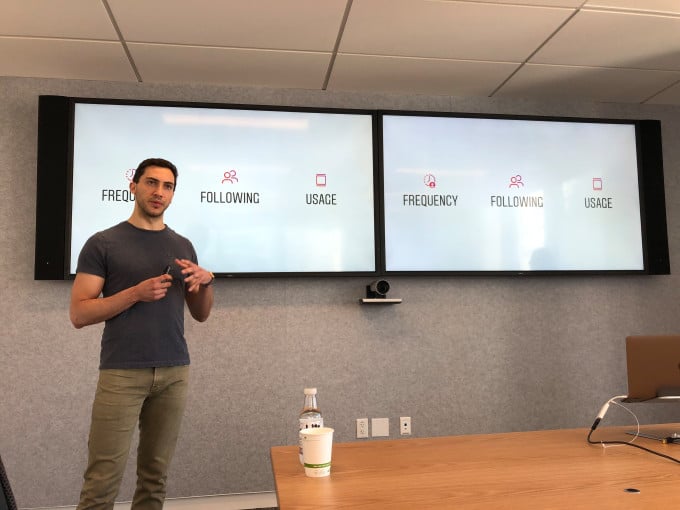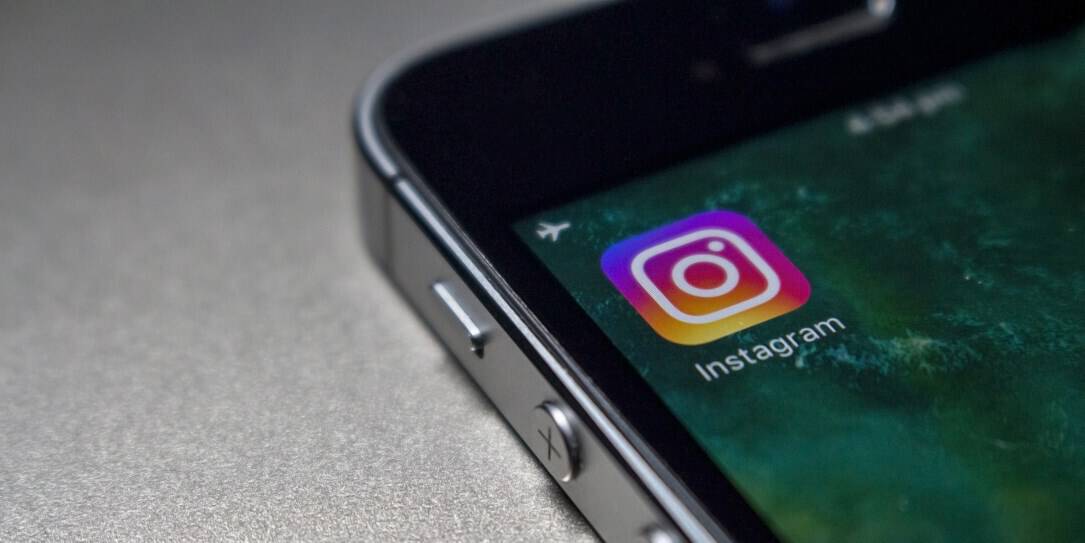There was a time when almost every social media platform simply showed you the posts of people that you followed in the order that they were posted. I know it may seem hard to believe but it’s true! If you followed a fairly reasonable number of people, you could easily expect to see everything that they posted. These days, most of the major social media players tweak their timelines in order to show you what they feel you should see. The Instagram algorithm was rolled out back in July 2016, though users still complain about it to this day. In order to remove some of the mystery behind their algorithm, Instagram invited a group of reporters to their new San Francisco offices to talk about how they tweak what users see.
First, some bad news for chronological timeline fans. The company reiterated that they have no interest in going back to the way things used to be. They shot down the idea of adding a chronological timeline option as well, suggesting that they didn’t want to confuse users. They did, however, offer a look at how exactly their computer learning curates your timeline, and how it determines what you’ll see on any given trip into the app. There are three main criteria that go into what you’ll see on Instagram:
- Interest: How much Instagram predicts you’ll care about a post, with higher ranking for what matters to you, determined by past behavior on similar content and potentially machine vision analyzing the actual content of the post.
- Recency: How recently the post was shared, with prioritization for timely posts over weeks-old ones.
- Relationship: How close you are to the person who shared it, with higher ranking for people you’ve interacted with a lot in the past on Instagram, such as by commenting on their posts or being tagged together in photos.
After getting through those main blocks, three more filters are applied:
- Frequency: How often you open Instagram, as it will try to show you the best posts since your last visit.
- Following: If you follow a lot of people, Instagram will be picking from a wider breadth of authors so you might see less of any specific person.
- Usage: How long you spend on Instagram determines if you’re just seeing the best posts during short sessions, or it’s digging deeper into its catalog if you spend more total time browsing.

If you spend a lot of time on Instagram and spend a lot of time interacting with other posts, that system may work well for you. Instagram claims that under the chronological timeline, users would miss 70% of all posts and a staggering 50% of their friends’ posts. Under the new system, the company claims that users will see 90% of their friends’ posts, though that would seem to require more scrolling through photos to ensure you see everything (which is exactly what you’d need to do with a chronological feed too, but I digress).
Instagram also took some time to debunk rumors about their service. It’s important to note that the company didn’t do much to prove the accuracy of what they were saying here, but it is what they explained to the reporters present. We’ve already discussed how they aren’t going back to a chronological feed. They also claimed that posts aren’t hidden, and you’ll see everything provided you scroll long enough. Photos aren’t promoted over videos, but if you don’t ever stop to watch videos Instagram will probably show you fewer videos in your feed. Using Stories, or Live won’t boost your other posts at all, but you also won’t be downranked for posting too frequently. They also explained that a business account does not get any additional presence over a personal account (without paying for ads, I’d imagine) and that shadowbans aren’t real.
What do you think about the Instagram algorithm now? Does it make more sense? Did you hate it before but love it now? Tell us what you think in the comment section below, or on Google+, Twitter, or Facebook.
[button link=”https://techcrunch.com/2018/06/01/how-instagram-feed-works/” icon=”fa-external-link” side=”left” target=”blank” color=”285b5e” textcolor=”ffffff”]Source: TechCrunch[/button]









